
There’s one thing about reports that people never seem to talk about. Even after 21 years, and training more than 50,000 people to write well, I really can’t recall anyone bringing it up.
And that secret is this: reading is hard. I don’t mean we find it difficult to read our email or text messages, or even social media. (Though there’s an awful lot more to doing that than you think.) No, I mean reading reports, official guides or any other vaguely technical document is hard.
Hard reading is a feeling that’s familiar to us all. We’ve all been there. It’s Friday afternoon and you’re hunched over a dense document, trying in vain to decipher page after page of turgid text. Each sentence seems like an effort as you strain to wrap your head around just exactly what it is the author is meaning to say. More coffee hasn’t helped. You’re now on your third attempt to read the current paragraph and yet – somehow – the words just aren’t going in. And you’re still on the first page.
It’s about as enjoyable and effortless as trudging around Ikea on a wet Saturday afternoon – with a hangover. And yet, those words that seem to get lost between the page and your brain are exactly the same ones that someone else thought were the best way to convey important information from their head to yours.
Mind-boggling cost
I’m not saying this is a new issue – far from it. But these days we have the technology to create these things in vast numbers. Just think how many times something very similar to the above scenario must play itself out in an organisation. The mind boggles at how much that must cost.
Yet this is an opportunity as well as a challenge. Reports that are easy to read rise to the top and make way more impact than the rest. They stand out simply because they are different from the majority. And, rather than being a drain on mental resources, they leave us plenty of brain space to consider their implications and make quick decisions on what to do about them.
Producing them is easier said than done though. If that were not the case, then everyone would write them and I would have no need to write this blog post. A report that’s easy to read is the exception – simply because that’s the type that most people struggle to produce.
But there’s one important factor here that’s easy to overlook. Reading anything is something of a miracle of biology. Understanding that is the key to getting your documents to the top and really making an impact.
As you’re reading this, something incredibly complex is going on in your brain. You are looking at greyscale symbols on a screen and converting them into ideas. Abraham Lincoln called it ‘the greatest invention of the world’ – communicating thoughts to the mind through the eye.
A human invention
And yes, it is an invention. This is not something we evolved to do. We actually evolved to communicate vocally and face to face, over hundreds of millions of years. We’ve been communicating through symbols, what we now call reading, for less than five-and-a-half thousand years. That’s barely a heartbeat in evolutionary terms, and certainly not long enough to have evolved brain structures dedicated to the task.
Instead, we take apparatus that we evolved for a whole variety of other situations and co-opt it into deciphering a seemingly endless string of squiggles and dots. We are utilising our brain’s structure for something it was never meant to do. (And on that Friday afternoon, it probably feels like it.) No artificial intelligence can match this feat, even now. You see proof of this every time you answer a website’s demand to confirm that you’re not a robot. That simple statement placed on the site as a graphics file rather than text is all it takes to differentiate you from a cyborg.

Narrow focus: your eyes scan text by taking four or five narrow snapshots every second (Dahaene, 2009)
Even capturing the words to process is incredible in itself. The fact that you seem to do it easily is just an illusion. In reality, as you are scanning this text, your brain is instructing your eyes to take four or five snapshots every second (known as saccades). There’s only one small area of your retina that has a high-enough resolution to take these pictures (called the fovea), which means that the snapshots themselves are small, too – occupying only about 15 per cent of your visual field.
If you stop and freeze your gaze at any one point, you’ll see that you’re only actually focused on one or two words. Each word is then split into fragments, to be reassembled later.
And that’s just the start of it. Next, the brain processes the words in the area that all primates – not just us but our monkey and ape cousins – use to recognise symbols and shapes. It’s no coincidence that the shapes most commonly found in nature are also the most common shapes across all written languages – T and L. These shapes (in various orientations) are the most frequent not just in those that use the Roman alphabet – such as English, French, German or Spanish – but Bengali, Thai, Chinese and even the hieroglyphs of the ancient Egyptians.
We then cross-check this information against our database of words. Those we recognise get processed down one neural pathway; those we don’t, we mentally pronounce before checking to see if we recognise the sound pattern. We then choose which words we think we’re reading and that (finally) triggers the thought process.
It’s incredibly complex and to complete it in a fraction of a second takes a lot of brainpower. With most documents, it probably feels like it. You can almost hear the cogs grinding round as it happens.
But not all reading feels like hard work. Sometimes you simply don’t notice the cognitive effort going on behind the scenes. In fact, there are many things we read that don’t feel like reading at all. We simply get lost in the flow (even if we didn’t intend to). And that’s the stuff we return to again and again.
This doesn’t mean writing that material is easy, of course. Far from it. The old saying ‘easy read, hard write’ has never been more true than when it comes to writing good documents.
Make it easier
The trick is to write them with the brain in mind. Use good design to make them easy on the eye. Incorporate lots of white space. Use narrow columns that are easy for the eye to scan across and move onto the next line quickly.
Use short, powerful words in between the technical ones. Note that this is not the same as eliminating all jargon. Jargon is fine as long as you’re sure that your audience will understand it.
But don’t make the process of reading any harder than it needs to be by trying to impress your reader with flowery language. (As Leonardo da Vinci said, simplicity is the ultimate sophistication.) Instead, state things as simply as you can, so that the brain doesn’t have to waste cognitive energy on deciphering what you mean.
Devise a structure that flows logically. Draw people in at the beginning with a captivating introduction and then keep your reader reading with a document that flows easily from beginning to end. And then finish as powerfully as you started, so that your interaction with the reader doesn’t stop there. You want them to continue thinking about what you’ve written long after they’ve closed the document.
Your aim should be to get into their heads, to set up camp in their brains. Communicate your thoughts to their minds through their eyes in as straightforward a way as possible and you’ll really get them thinking.
Take this approach consistently and your documents will be in the small minority that resonate with your readers. They may even thank you for it. But even if they don’t, they won’t forget it.
And that will put you in a very strong position.
References
Dehaene, S (2009). Reading in the brain: the science and evolution of a human invention. London: Penguin
Liversedge, SP, and Findlay, JM (2000). Saccadic eye movements and cognition. Trends in Cognitive Sciences 4(1): 6-14.
Kemmerer, D (2015); The cognitive neuroscience of language. Hove: Psychology Press
Rubin, GS, and Turano, K (1992). Reading without saccadic eye movements. Vision Research 32(5): 895-902.
Spoehr, KT, and Smith, EE (1975). The role of orthographic and phonotactic rules in perceiving letter patterns. Journal of Experimental Psychology Human Perception and Performance 104(1): 21-34.
Image credit: LookerStudio / Shutterstock
Subscribe
Expert advice to your inbox

